What Are MIEA Properties?
The term “MIEA properties” refers to real estate assets that meet the stringent criteria set forth by the Malaysian Institute of Estate Agents (MIEA). As a governing body in Malaysia’s real estate sector, MIEA aims to standardize and elevate the quality of property transactions, promoting professionalism and ethical practices among estate agents and aligning with specific regulatory frameworks.
Properties classified under MIEA adhere to a set of established standards and certifications, ensuring that they meet the needs and expectations of various stakeholders within the industry. These standards cover aspects such as construction quality, legal compliance, safety measures, and market valuation, guaranteeing a high level of assurance for buyers, sellers, and investors.
MIEA was founded with the mission to safeguard the interests of property consumers while fostering a more transparent and credible market environment. Over the years, the criteria for MIEA properties have evolved, reflecting the changes within both local and international real estate landscapes. The institute’s focus on continuous improvement ensures that MIEA properties remain reputable and reliable sources for property investments.
Several distinguishing features define MIEA properties. For instance, the properties typically undergo rigorous inspections and evaluations to confirm they fulfill all regulatory requirements. Additionally, certified auditors assess these properties to verify adherence to laid-out standards, providing an extra layer of scrutiny that enhances their market appeal.
To illustrate, consider a recent transaction involving a high-rise condominium in Kuala Lumpur that was certified as an MIEA property. This condominium not only met all required safety and building regulations but also achieved energy efficiency certifications, adding to its attractiveness from both a sustainability and investment perspective. Such examples underscore the significant benefits associated with MIEA properties, making them a preferred choice among discerning investors and homebuyers.
Understanding the definition and criteria of MIEA properties is crucial for anyone involved in the real estate sector. The benefits associated with these certified properties, from assured quality to market credibility, inevitably impact the decisions of property buyers, sellers, and investors alike.
The Benefits and Implications of Owning MIEA Properties
Investing in MIEA properties presents a myriad of benefits, spanning both financial and non-financial aspects. One of the primary advantages is the enhanced property value. MIEA properties are renowned for adhering to stringent quality standards, which often translates to better and more durable construction. As a result, these properties usually experience appreciation in value over time, offering investors promising resale prospects. The demand for high-quality real estate remains consistently strong, leading to favorable market positions for MIEA properties.
From a financial perspective, owning MIEA properties can also bring about potential tax incentives. Various jurisdictions offer tax benefits to encourage real estate investment in properties that uphold certain quality and sustainability standards. These incentives can significantly reduce the overall tax burden, thereby increasing the net returns on investment.
The non-financial advantages of MIEA properties should not be overlooked. The strict adherence to quality standards ensures that these properties are structurally sound and safe. This adds a layer of security and peace of mind for owners and occupants alike. Additionally, sustainability features often incorporated into MIEA properties contribute to a healthier living environment and lower utility costs over the long term.
However, owning MIEA properties is not without its responsibilities. Property owners must adhere to maintenance standards to preserve the quality and value of their investment. This includes regular upkeep and compliance with regulatory requirements to avoid potential penalties. While ensuring these standards can incur additional costs, the long-term benefits often outweigh the initial expenditure.
For potential buyers and investors, it is crucial to thoroughly assess several factors when considering MIEA properties. Evaluating the developer’s reputation, the property’s location, and the historical appreciation of comparable properties are vital steps. It is also advisable to understand the potential maintenance costs and the specifics of any available tax incentives. By taking these factors into account, investors can make informed decisions that align with their financial goals and investment strategies.

